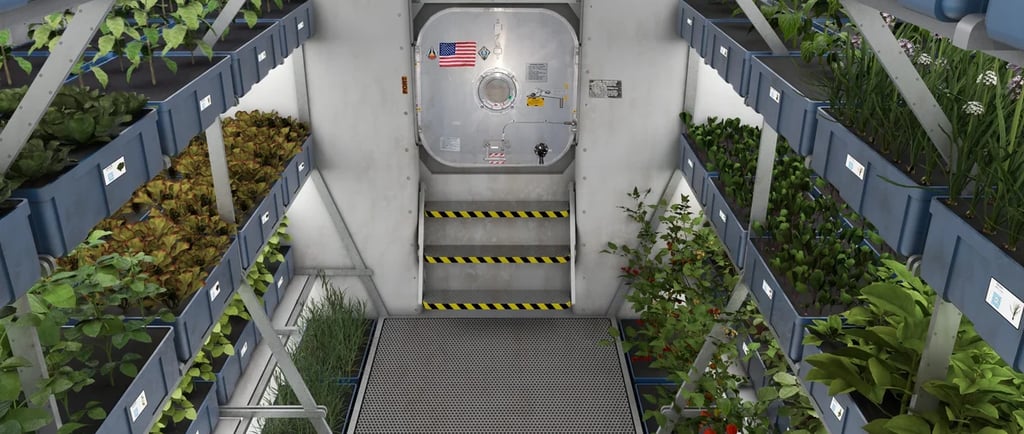Growing Lettuce in Space: NASA’s Advanced Plant Habitat Experiment


Introduction to NASA’s Advanced Plant Habitat
Navigating the uncharted territories of space exploration requires ingenuity and forward-thinking solutions. One such innovation is NASA's Advanced Plant Habitat (APH) located at Kennedy Space Center in Florida. This state-of-the-art facility aims to enhance our understanding of how plants grow in microgravity conditions. Notably, the APH has been growing a remarkable variety of romaine lettuce known as Outredgeous. This project is part of a broader initiative to sustain astronauts during long-term space missions, making efficient use of limited resources while promoting a healthy diet.
The Significance of the Outredgeous Romaine Lettuce
The Outredgeous variety of romaine lettuce has been specially selected for its hardiness and nutritional benefits. This vibrant green plant, known for its crisp leaves and rich flavor, serves not only as a source of sustenance but also plays an essential role in research conducted through the Plant Habitat-07 mission. Launched to the International Space Station (ISS), this mission evaluates the growth and development of plants in zero-gravity environments. Through this experimentation, NASA aims to answer critical questions regarding plant growth, nutrient absorption, and physiological responses affected by microgravity.
Harvesting and Future Prospects
The recent harvest of Outredgeous lettuce marks a significant milestone in ongoing agro-science research. The results obtained from the APH are expected to provide invaluable insight that will help pave the way for future agronomic practices both in space and on Earth. Researchers are keen to understand the growth patterns and lifecycle stages of these plants, which can ultimately help design more sustainable farming practices under varied environmental conditions.
Looking ahead, the ability to cultivate food crops in space is becoming increasingly critical. As we plan for missions to Mars and other distant destinations, the establishment of self-sustaining ecosystems becomes essential. The initiative at Kennedy Space Center embodies NASA's mission to explore beyond our planet while simultaneously advancing agricultural science on Earth.
In summary, the growth of Outredgeous romaine lettuce within NASA’s Advanced Plant Habitat illustrates the dynamic interplay between space exploration and sustainable agriculture. It not only bolsters the nutritional well-being of astronauts but also propels our understanding of plant biology in unique environments. The findings from this experiment will potentially unlock new horizons for food production in space, paving the way for human endeavors beyond our home planet.
